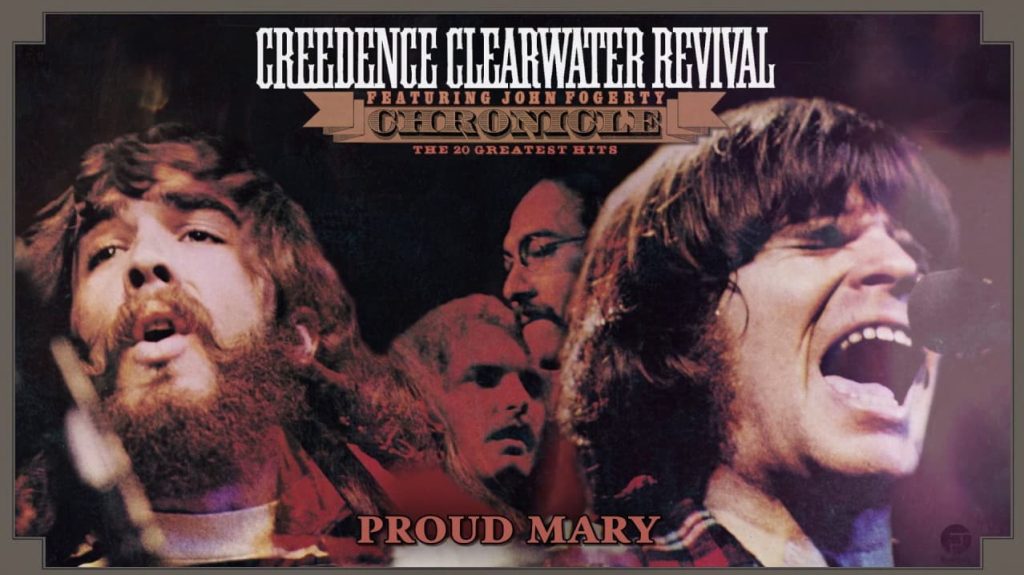
Proud Mary by Creedence Clearwater Revival: A Rock Anthem with a Twist
Many of us know “Proud Mary” as a foot-stomping classic rock anthem, but the story behind the song is as interesting and layered as the music itself. Originally written and performed by the American rock band Creedence Clearwater Revival (CCR) in 1969, “Proud Mary” quickly became a major hit, reaching number 2 on the Billboard Hot 100 chart. But the song’s legacy extends far beyond CCR’s version.
While the driving beat and powerful vocals might make you think of a celebratory rocker, the lyrics delve deeper. Fogerty, CCR’s frontman and songwriter, paints a picture of a working-class man yearning for escape. He leaves behind a steady, but likely unfulfilling, job in the city and hitches a ride on a majestic riverboat, the “Proud Mary.” This riverboat becomes a symbol of freedom – a chance to break free from the constraints of his old life.
The song’s brilliance lies in its ability to resonate with a wide audience. While the working-class struggle might be particularly relatable to some, the universal themes of yearning for change and seeking a fresh start connect with listeners of all ages and backgrounds.
But “Proud Mary” isn’t just about CCR. The song took on a new life when R&B duo Ike & Tina Turner released their cover in 1971. Their soulful rendition, with Tina Turner’s powerhouse vocals, became nearly as popular as the original, reaching the top five on the Billboard Hot 100. Tina Turner continued to perform the song throughout her solo career, further solidifying its place in music history.
The story behind the song’s title is also intriguing. “Proud Mary” was actually the name of a real riverboat that traveled the Mississippi River from the 1920s to the 1970s. Whether Fogerty intended a literal connection or simply used the name for its evocative imagery remains a mystery, but it adds another layer of depth to the song.
“Proud Mary” is more than just a catchy rock tune. It’s a song that speaks to the human desire for freedom, the power of music to transcend genre, and the enduring legacy of a great song. So, the next time you hear “Proud Mary,” take a moment to appreciate the layers of meaning and the fascinating journey this song has taken.